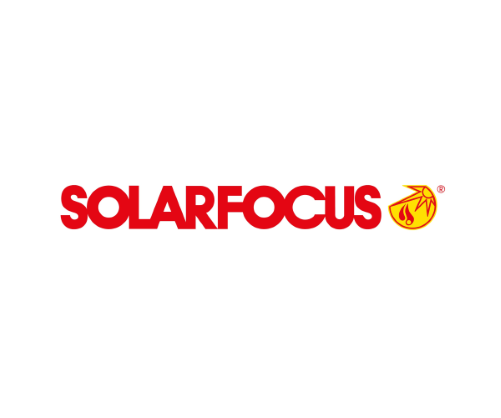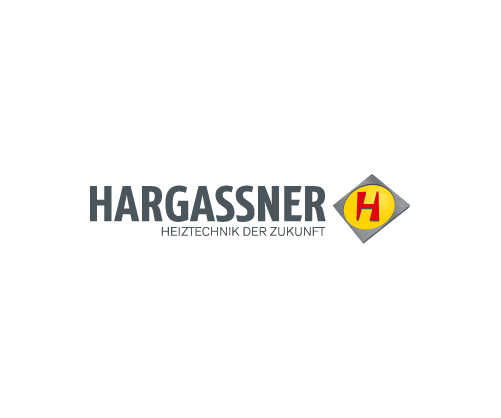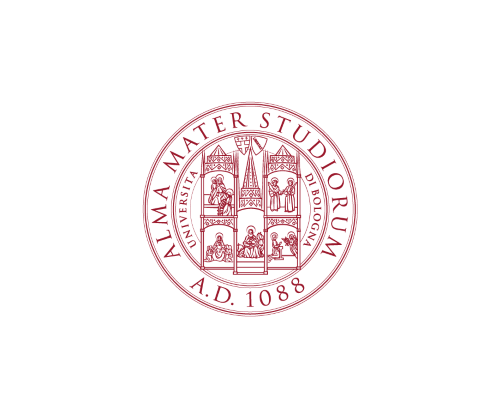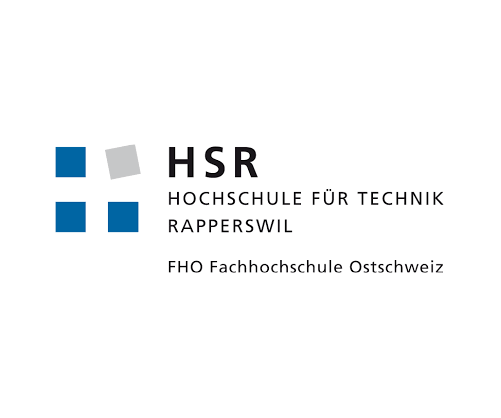
SIGNIFICANT PERFORMANCE INCREASE
Increased cooling cycle performance, overall system performance and solar fraction compared to existing solutions. This will lead to an improved yearly energy usage by 20 percent.
DECREASE OF THE INVESTMENT AND OPERATION COST
The total investment cost is expected to be reduced by 20-30% when compared to a similar capacity solar driven absorption chiller (3.5€/Wcold, 1€/Wheat)
REDUCTION OF THE DEPENDENCE ON FOSSIL ENERGY
It is expected that 95% of the energy needed to run the Hybrid-BioVGE system will be supplied by renewable sources (solar and biomass).
ACTIVITIES
Thermal load assessment on selected building
This will involve dynamic modelling of the thermal loads on selected building for the prototype installation. Detailed numerical building models will be developed using TRNSYS commercial software. Simulations will be carried out using local climate data, during the heating and cooling seasons, using different consumption patterns. Results will be used in the component design work package.
Design of the main system components
This large work package will require strong interactive collaboration of the project members. Computer models will be developed to simulate the performance of each major system component (solar field, biomass boiler, storage, VGE chiller). Optimal technical solutions will be identified. By successful conclusion of the work package, full technical description of the components will be available.
Prototype assembly and integration method
Optimal system integration method including hydraulic connections, fittings, collector installation method, etc. will be identified. Design studies, with special attention to manufacturing details, will be carried out for each prototype in order to minimise cost. Final configuration details will be defined.
Control and monitoring system development
WP5 will focus on the intelligent system control including strategy and implementation. The most important environmental parameters to be monitored, sensors and actuators will be specified. Self-learning control algorithms will be developed with the results of the system model.
Unified system model development
The conclusion of this WP will result in a standalone computer tool that assists component selection and performance prediction of the Hybrid - BioVGE system. The work will include the unification and compilation of the component models under a single executable.
Field testing under relevant conditions
The developed Hybrid-BioVGE heating and cooling system will be tested with the hardware-in-the-loop approach according to the Concise Cycle Test method at HSR, and different biomass fuels will be tested by the partner Hargassner, the results will lead to validated and calibrated simulation models and will help to develop system simulation tools.
Prototype testing in operational environment
Two full-scale prototypes of the Hybrid - BioVGE system will be assembled and installed in two existing buildings (a single-family house and a small office building) with distinct geographic locations that are: heating load dominated (Austria) and cooling load dominated (Portugal).







